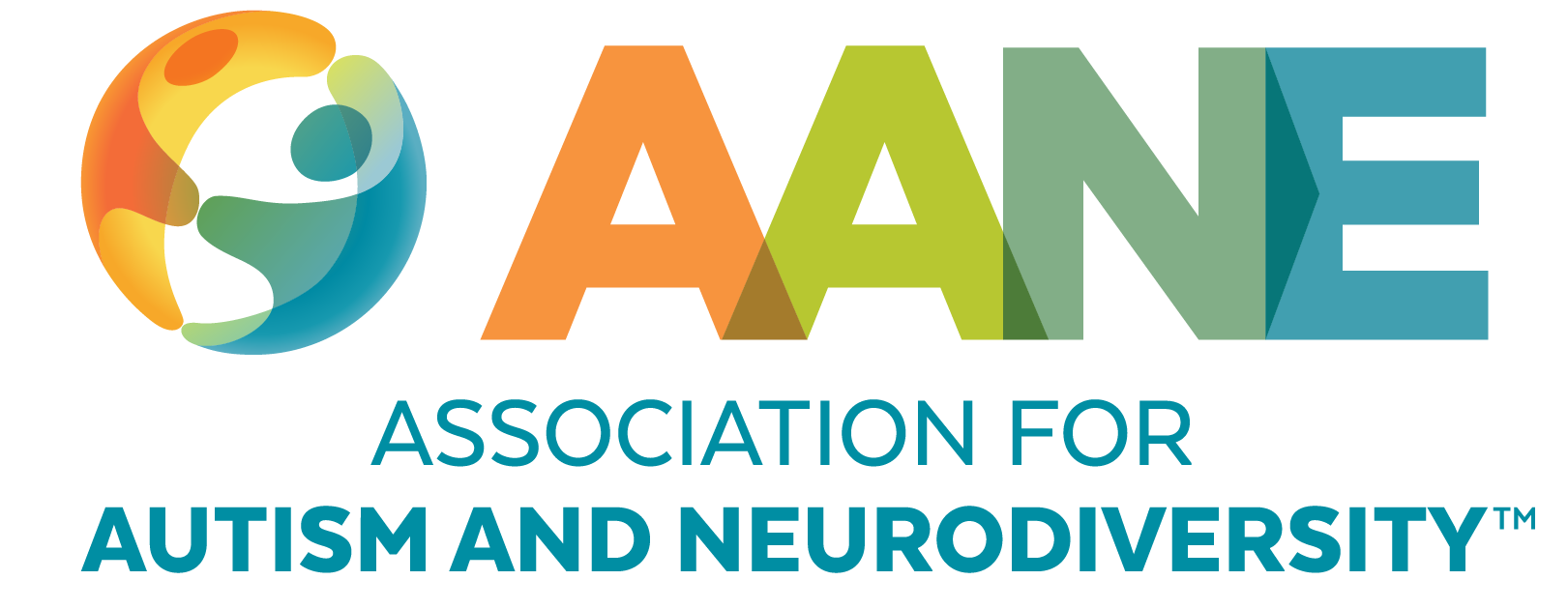
Making Summer Work for All
About the Author
Brenda Dater, MSW, MPH, is the executive director at AANE and the author of Parenting Without Panic. Brenda is a mom of three, and her eldest is an Autistic transgender woman. Brenda has facilitated parent support groups for over 20 years and thoroughly enjoys creating an environment where parents can find the support, information, and the community they need.

Summer, with its warm weather and extended daylight, often represents a time of relaxation and the opportunity for a vacation. However, for Autistic individuals and their families, going on a trip together can bring a mixture of emotions. This is especially true when members of a family don’t agree on what they find enjoyable. That has certainly been our family’s experience. In order to help others in a similar situation, my 27 year-old Autistic daughter, Rachel, gave me permission to share how we finally landed on a formula that works for us after many years of trial and error.
Every summer, our family travels over 12 hours to a family cottage in Ontario, Canada. While my husband and I and her two brothers feel a deep connection to this place and can’t wait to go every year, Rachel does not enjoy it. Although Rachel would like to go on a family trip with us, she would much prefer going to museums than hiking the same stretch of trail each summer. None of us want Rachel to be miserable and yet, none of us want to give up the vacation that brings us tremendous joy. Rachel isn’t yet comfortable staying alone while the rest of us go to the cottage and she does very much want to take a family trip. This dilemma causes a lot of emotional upheaval for different family members. Over the years, we’ve tried to make it work for everyone and yet we usually fail and have a few very emotional conversations before and during the trip. We would often feel more exhausted after the trip, which is the exact opposite of what we all want!
Two weeks before we were going to leave for the cottage, Rachel asked to talk with me about what bothered her about going on vacation there. She shared that she was experiencing a lot of negative emotions about going to the cottage, especially now that her grandparents weren’t there. She also found it hard to hike with Type 1 diabetes and pay attention to her blood sugar. She didn’t enjoy the long drive with a car full of people. And when her dad tried to help her remember times she seemed happy to be there in the past, it made her feel bad because those stories were from before she had transitioned and didn’t feel at home in her body. She was also concerned because unlike her brothers, she didn’t feel like she had the social network she wanted and 14 days at the cottage felt like time away from the possibility of new friends. Not only were none of us Autistic, none of us were part of the LGBTQ+ community. She felt alienated from us and yet wanted to be with us too.
After this conversation, I could understand why this trip to the cottage felt like we were dismissing her needs. And yet, the rest of the family loves the cottage and doesn’t want to stop going because Rachel felt like she couldn’t stay home alone. Although we offered up options, like staying with a family friend, or having someone stay at the house, Rachel said she felt left out and that we didn’t care about her. So how to solve what seemed like an unsolvable dilemma?
I told Rachel how grateful I was for having the conversation that illuminated the core reasons for her concerns and discomfort. She said she finally felt we understood her strong feelings and truly wanted to create a summer trip that would address her concerns. Together we came up with a variety of options that made her feel validated and included in solving the problem. Here are the ones she really liked and we knew we could implement:
- We talked about other things that were possible to do at the cottage beyond hiking that she would enjoy. There is an LGBTQ+ friendly bead shop nearby and we could get supplies to make jewelry.
- She enjoys making Gunpla, Gundam plastic models at home, so we talked about getting more models for her to work on while the rest of the family went hiking.
- We would find gluten free options of her favorite cottage foods she could no longer eat due to celiac disease so that she didn’t feel left out when the rest of the family ate the gluten-filled treats she likes.
- We would go up in separate cars with smaller groups of people so that each car could have more flexibility about stops and conversation.
- We would stagger our time at the cottage so that she didn’t have to stay as long and also didn’t have to stay home alone.
- We would have lots of games she likes and would play together after hiking.
- We would set her up with a coach from AANE to help her expand her social network and build skills to support her independence so she could stay home alone if she wanted to in the future.
- We wouldn’t reminisce about times at the cottage before she transitioned.
- We would plan a city/museum/restaurant vacation for another time.
For me, the most important lesson from this was that it was critical for us to understand why Rachel was so distressed about going to the cottage. And it was also important that she was able to have an appreciation of why the cottage trip was so important to the rest of us. Without that comprehension, which we weren’t fully aware of in years past, we couldn’t move to a place of problem solving and resolution that worked for everyone.
Whether there is a conflict of needs and desires in your family over vacations or something else, I hope you will take the time to communicate with each other, work towards reconciling needs that feel at odds, and find a balance between them.
Stay Current
Subscribe for AANE weekly emails, monthly news, updates, and more!





